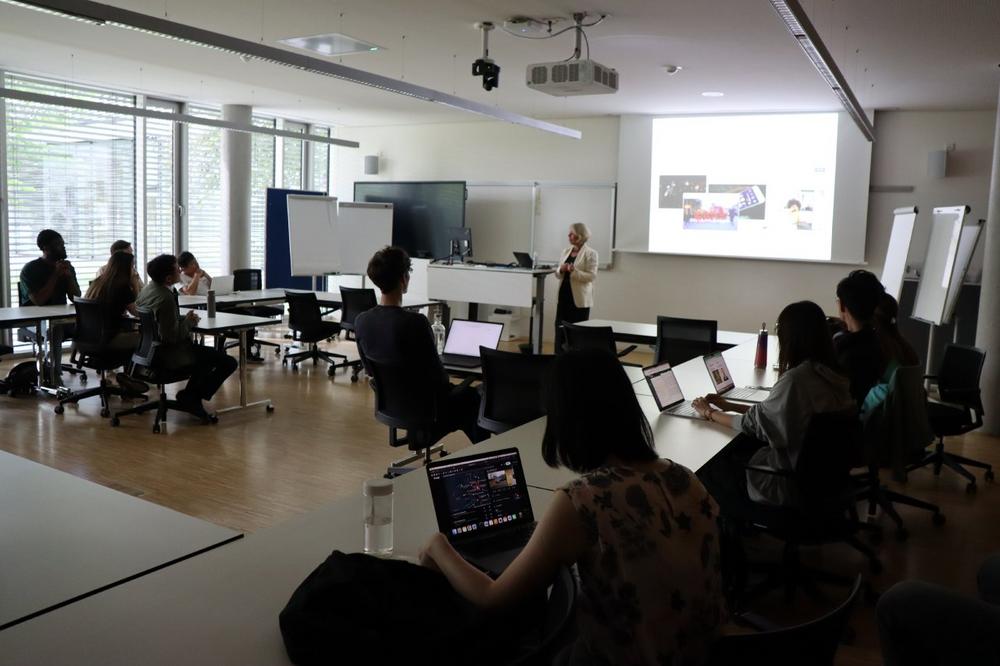Right at the start, the director of the Oxford Internet Institute pointed out: “I am not against new technologies – they are important and helpful, but there are risks.” These are not new, as a look at history shows: whether it was the introduction of linear television or the telephone – new technologies have always been accompanied by the worst fears. But people have not turned into mentally absent zombies in front of their television screens, nor do women spend their days gossiping on the phone as early moral panics suggested. According to Nash, the introduction of the personal computer in the early 2000s was the decisive step towards the digital human being. However, monitoring what children were doing on the PC was easy because it was often a single shared device.
Mobile Data and Information Everywhere
That changed in 2010: the world went mobile. More precisely, the consumption of information did. No longer tied to a fixed location, data could now be received anywhere: in the kitchen, at school or on the bus. This made it almost impossible for parents to control their children’s media use. The next evolutionary step was smart toys and services such as Alexa. For Nash, this was groundbreaking: “Screens are no longer needed.” That sounds like a perfect world, doesn’t it? “The problem with these technologies is that they collect personal, sometimes even intimate data,” explains the researcher.
Digital monitors were incorporated into childcare equipment and clothing, for example, in smart cots or nappies. Sensors were built into infant socks to monitor movement, temperature and blood pressure. The aim was to detect warning signs of sudden infant death syndrome. Many families now use location tracking devices designed to keep an eye on teenagers. Parents can monitor their children using the accompanying app. Big parents are watching you. “Parents should inform their children when they are using this application,” says Nash. If they don’t, it could be perceived as a lack of trust. After all, who wants to be monitored without their knowledge?
AI in the Classroom
Apps are also used in education. Learning platforms such as Duolingo Max allow children to enjoy targeted support, while also collecting data on their performance and learning behavior. Nash sees risks here too: “This collected digital trace creates an algorithmic child, which can have consequences for the future, if incorporated in educational decision-making.” The same applies to the use of AI in schools, because it does not provide a comprehensive picture of the children. “It only creates a picture of their behavior at school, not their family background.” Children from precarious backgrounds are thus denied the chance of a better future at an early age.
Victoria Nash concluded by giving an overview of the Oxford Internet Institute’s current and future research. This includes the impact of AI on mental health and children’s interaction with chatbots. And after the lecture, it’s no surprise what Nash is particularly passionate about: “Regulation is at the top of the agenda. How can we create a safe space for our data?” We are already looking forward to the next open lecture and are eager to hear the answers.
Die TUM Campus Heilbronn gGmbH
Bildungscampus 2
74076 Heilbronn
Telefon: +49 (0) 7131 264180
Telefax: +49 (7131) 645636-27
https://www.chn.tum.de/de
Telefon: +49 (7131) 26418-501
E-Mail: Kerstin.Besemer@tumheilbronn-ggmbh.de
![]()

